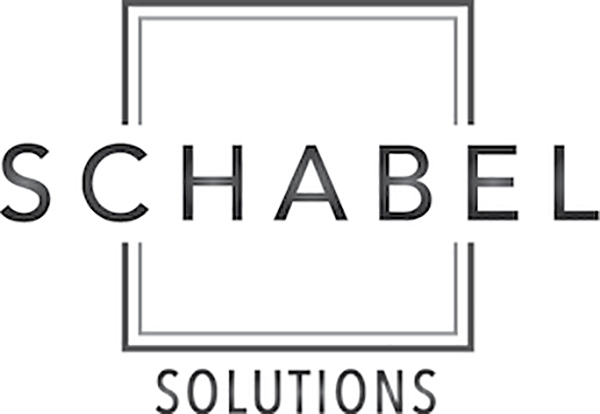The recent U.S. Supreme Court decision reversing years of precedence on affirmative action has thrown some of our clients a bit of a curve ball. While some in higher education are looking closely at the impacts to their work, business clients, especially federal contractors, are also assessing the new landscape.
Corporations like stability and navigating status-shattering court decisions – at state and national levels – has become a challenge for companies that want to thrive in both a global economy and a multicultural democracy.
However, nothing the U.S. Supreme Court does will change the reality that our nation’s racial/ethnic demographics have been and will continue to change rapidly. According to the U.S. Census, more than half of all Americans are projected to be non-white by 2044 – just two decades away.
The truth is, this imminent reality is brimming with opportunities for all of us. Yes, be mindful of what the Court does, as the law is, of course, the law. But you have more flexibility than you think to innovate and advance your strategic goals through diversity, equity and inclusion (DEI).
Preparing businesses of all sizes to thrive in a sustainable fashion has been the work of DEI specialists for decades, and that work will continue given the well-researched and known benefits that advancing DEI has on organizations.
But how? How do we capitalize on the known benefits of DEI without running afoul of new interpretations of our Constitution?
First, take a breath.
As noted by Justice Kavanaugh in his concurrence, the decision in Students for Fair Admissions v. President and Fellows of Harvard College does not directly impact businesses and will first apply to the admissions process for the class of 2028.
The effects of the changed practices will take additional years to materialize. It’s possible we’ll see drops in the representation of racially and ethnically underrepresented students in higher education – negatively impacting the numbers of respective graduates, which would then, 8-10 years from now, negatively impact the racial/ethnic diversity of talent pools for organizations seeking to fill positions requiring higher education degrees.
The real-world impact for businesses is, for now, unknown and unknowable.
The best practice is to assess your workplace culture to better understand how to make it even more inclusive. You can’t address what you don’t understand as a competitive disadvantage. Then, you seek applicants from diverse candidate pools. To attract talent from all communities, you have to be intentional and consistent. This includes using a selection process and practices that are transparent and constantly mitigating the impact of biases on hiring decisions. Once your workplace culture is welcoming to all, applicants will notice and seek you out.
Second, the court wrote, and still recognizes, that diversifying a student body (or in your case, a company’s workforce) can be valuable and a goal.
What the decision prohibits is assuming that skin color or racial identity makes one college applicant more valuable than another.
Most of us who work in DEI have never asserted that racial identity is the only identity that matters. Diversity goes way beyond race and ethnicity. Impactful and sustainable diversity, equity, and inclusion work is more than skin deep. And as it stands, per the U.S. Equal Employment Opportunity Commission, it remains lawful for employers to develop and implement DEI programs that seek to ensure that all workers are afforded equal opportunity to succeed in the workplace.
We want to make this abundantly clear: The law prohibits quotas, which our consulting firm doesn’t recommend and never has.
A best practice for employers is to set goals – just as one would with any strategic initiative – evaluate progress on those goals and retool depending on analysis results.
Which brings us to our third point – Justice Roberts seemed particularly bothered by the fact that the policies at issue in the Harvard case had no endpoint in mind.
In a business environment, this presents a golden opportunity to use the project management cycle we know so well to our advantage. Define a goal for your DEI work and then place it in a finite cycle. Where do you want to be in five or ten years? Plan, execute, monitor, control, and close. As in many other areas, closing out one cycle will likely give rise to new goals and initiatives, beginning the process all over again. Having a cycle with a definite goal and a planned ending will differentiate your process from the admissions process the SCOTUS Justices deemed endless and aimless in the Harvard case.
As with other professions, doing great work in this field requires real executive buy-in and support as well as real-world work experience and skills.
That’s why it’s best to either employ experienced staff who specialize in this work or contract with a vetted consulting firm that does. Regarding the latter, vet before you buy – as with any important procurement need.
Like all strategic business initiatives, DEI doesn’t exist simply because it’s the right thing to do. It’s a practice developed out of necessity – corporate America knows that advancing DEI is necessary to its long-term success.
Research shows that organizations that do DEI work well are more successful than those that don’t – in other words, DEI is good for people and good for business. So, continue strengthening your organizations through DEI, and when in doubt about your next steps, reach out to a vetted expert in the field.
